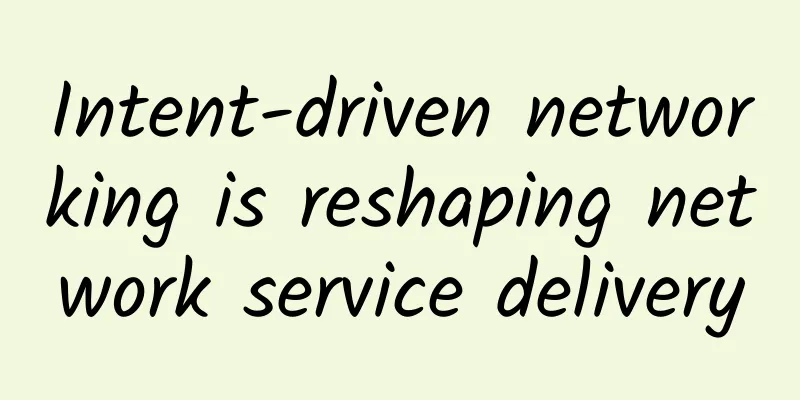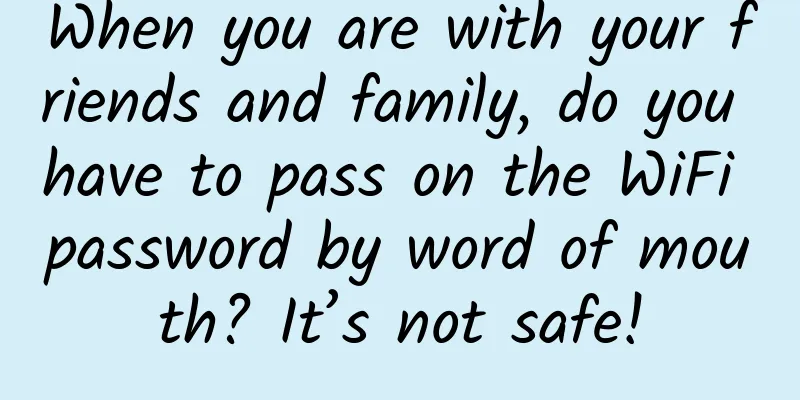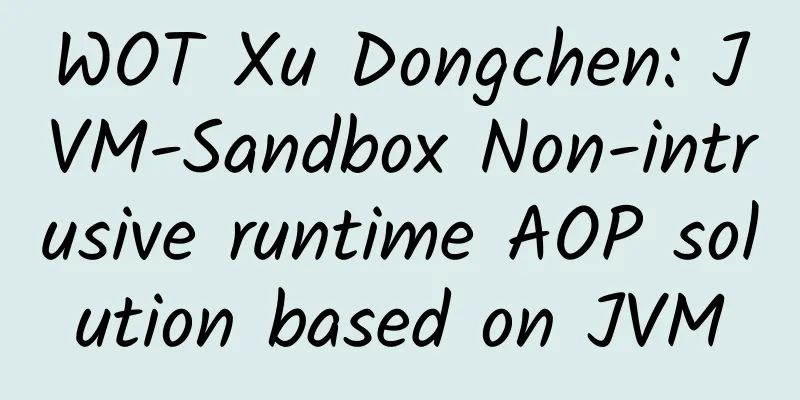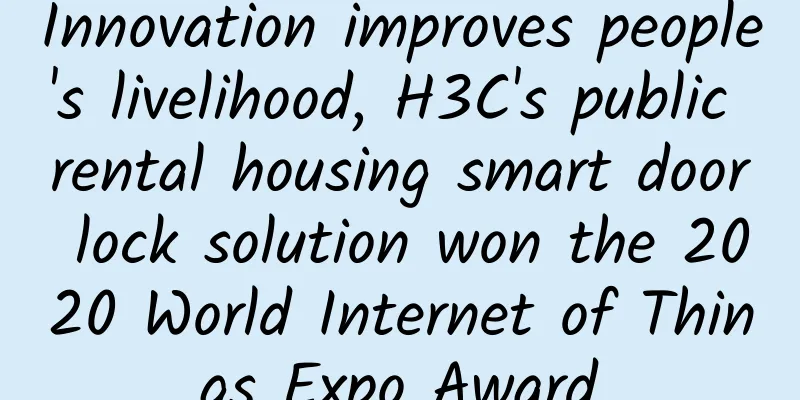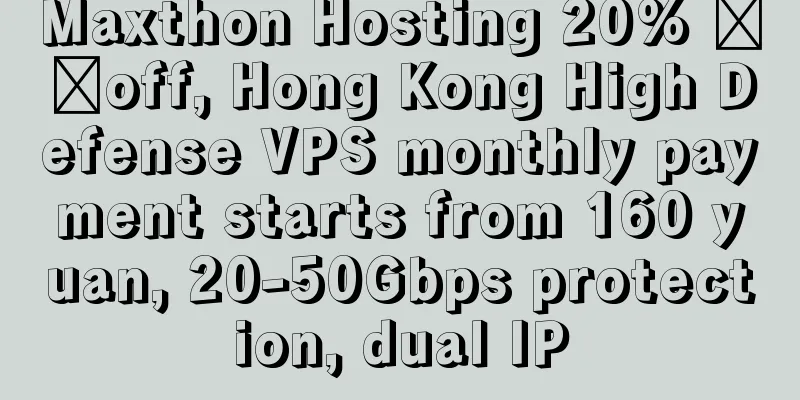Advantages and Challenges of 5G Network Slicing

|
The fifth generation of mobile communication system is referred to as 5G, which refers to the fifth generation of mobile communication technology and is an extension of 4G. As of November 2017, 3GPP has released the latest 5G air interface (NR) standard. It is expected that 5G will be pre-commercialized in 2018 and commercialized in 2019. The International Telecommunication Union (ITU) will be the standards organization that publishes the final standard, also known as IMT-2020. 3GPP, the mobile industry standards organization, will submit proposed specifications to the ITU as part of the IMT-2020 standard, and mobile operators and manufacturers are actively involved in the formulation of 3GPP specifications. As time approaches, the vision of 5G becomes clearer and clearer. This article will introduce one of the key technologies in 5G networks: network slicing.
What is network slicing? Network slicing is a virtual network architecture that leverages the principles behind network function virtualization (NFV) and software-defined networking (SDN). The technology allows operators to divide a single physical network into multiple virtual networks, with a slice representing an independent virtualized end-to-end network. The virtual network is then customized to meet the needs of specific applications and services. Advantages With network slicing, operators can allocate the right amount of network resources to specific slices. For example, a case slice connected to an IoT device can provide high availability, low latency, data rate, and security. At the same time, different network slices can be provided to provide high throughput, fast data transfer speeds, and low latency. The logical architecture of 5G systems is expected to be based on network slicing, a technology that will enable network operators to provide differentiated services in the user access layer of the radio access network (RAN). Although network slicing will be mainly used to divide the core network, it can also be implemented using resources in the RAN. The process involves abstracting and dividing logical network segments from physical resources. Network slice management solutions can also help operators implement 5G network slice lifecycle management, however, the main driving force behind the development of the technology is the ability to provide networks on a service basis, thereby minimizing capital expenditure (CAPEX) and operating expenditure (OPEX), while improving operational efficiency and shortening the time to market for services and products. challenge Network slicing is one of the foundations for the implementation of 5G networks, but there are many obstacles to achieving 5G networks. Since 5G networks provide wireless connections, RAN needs to be redesigned to enable network slicing. In addition, although almost everyone realizes that network slicing plays an important role in 5G, there is still a lack of industry consensus on how to best practice 5G slicing. There is also debate about how to combine network slicing technology with SDN and NFV to achieve point-to-point connections between wireless devices and physical controllers. And the isolation of this technology may organize interference at the network level, but this is still difficult to achieve through a rich network layer. In order to ensure that network slicing can work with other 5G technologies, interoperability work between network slicing and other technologies will need to be achieved. |
<<: From trials to use cases, the big 5G stories of 2017
Recommend
Twelve questions about Internet knowledge, do you know?
[[379905]] Preface Countdown to Chinese New Year~...
Inspur Network Electronics Range Training Base officially launched
Recently, the "Inspur Network Electronic Tar...
Huawei's new generation of 400GE data center switches enable new infrastructure and stimulate new momentum
[Shenzhen, China, July 24, 2020] At a press confe...
Overview of Telecommunications Industry Development in 2017
The telecommunications industry is a hot field th...
RackNerd: $12.79/year KVM-1GB/20GB/3TB/Los Angeles data center
Recently, RackNerd has restocked a low-cost annua...
[Understand Routing in Seconds] Now that we have an IP address, is a MAC address still necessary?
I wonder if you are confused: Why do we need a MA...
[Black Friday] Friendhosting 40% off, 13 data center VPS monthly payment starts from 1.8 euros
Friendhosting released this year's Black Frid...
From "Integration" to "Huawei Inside", Huawei builds a new ecosystem in the intelligent era
[51CTO.com original article] [Fuzhou, China, Marc...
China's operators' semi-annual report: 5G package users close to 500 million
On August 19, China Unicom announced its first-ha...
VirMach: $27.3/month-E3-1240v1/16GB/1TB/10TB/Los Angeles and other data centers
Last time, I shared the End of Life Plans series ...
VIRPUS: 40% off on all VPS, Seattle data center, XEN architecture, monthly payment of $2, annual payment of $20
VIRPUS has released a December discount, offering...
Interpretation: Why is 5G industry application so tepid? It requires full participation from all parties
Although the top leadership has once again clarif...
How 5G precision timing will change our automated world
What comes to mind when you hear the word “automa...
This article is enough to understand RTK positioning!
Speaking of positioning, I believe everyone will ...
If the server does not receive the fourth wave request during the four TCP wave requests, will the server keep waiting?
I'm going to copy an answer from a certain we...
